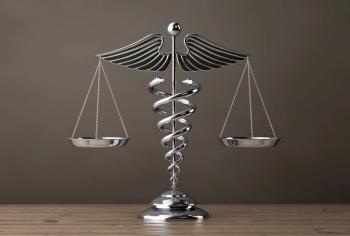
Hackers apparently lack honesty
Report shows that health care organizations pay ransoms, but rarely get all their data back
A
Health care is a regular target of
What do these organizations get back when they pay? The survey shows not as much as they hoped. Those paying only received 65% of their data in 2021, down from 69% in 2020.
If there is any good news in the results, it’s that health care companies pay the smallest ransom amounts. Health care averaged $197,000 per ransom compared to a global average of $812,000.
But ransom money isn’t the only cost from an incident. Health care ranked second highest at $1.85 million in terms of the average cost to rectify ransomware attacks compared to the global average of $1.4 million. There is also the time factor – 44% of those hit with ransomware took a week to recover, while 25% took up to one month.
Despite the ongoing threats, health care organizations don’t always carry cyber insurance
“It is not surprising to see healthcare as the number one target of ransomware attacks,” said John Gunn, CEO,
Newsletter
Stay informed and empowered with Medical Economics enewsletter, delivering expert insights, financial strategies, practice management tips and technology trends — tailored for today’s physicians.








